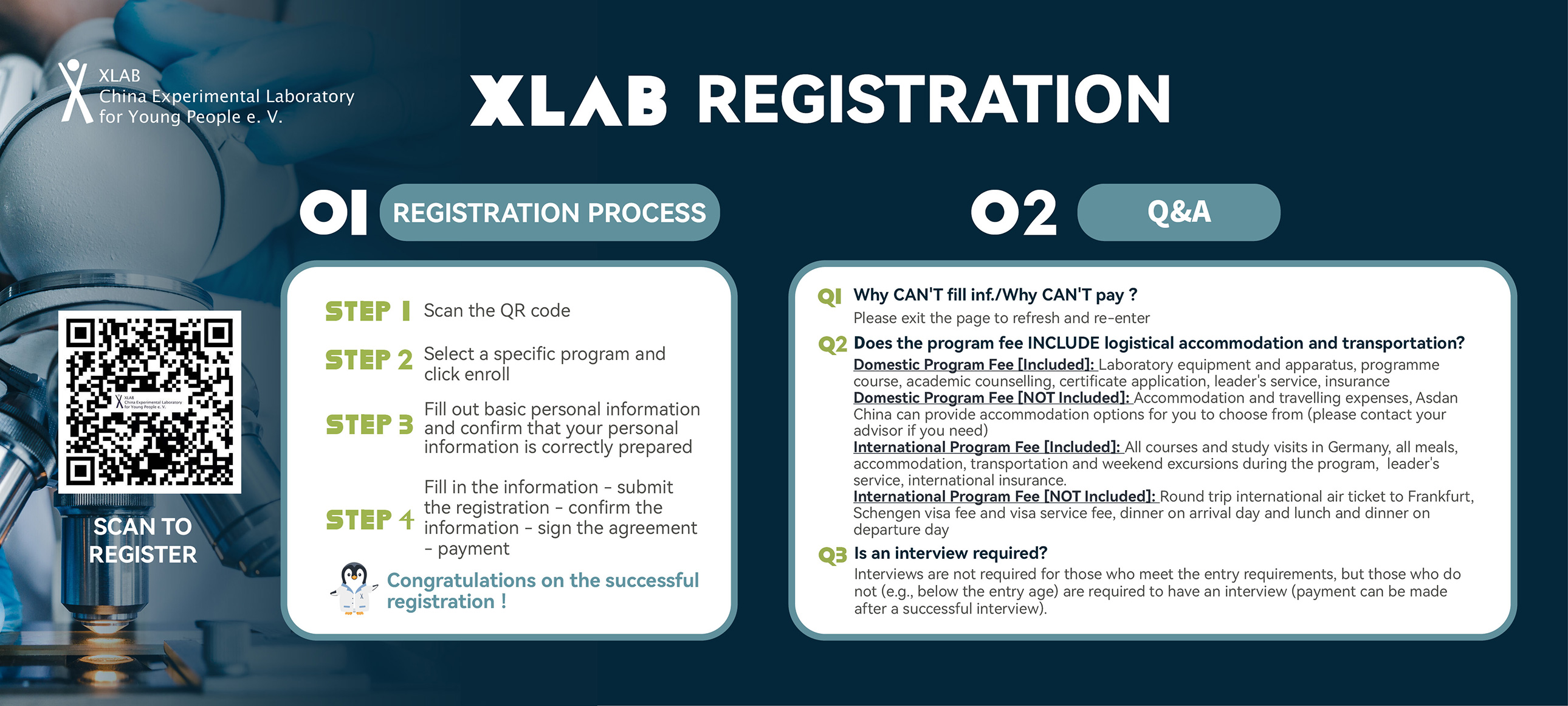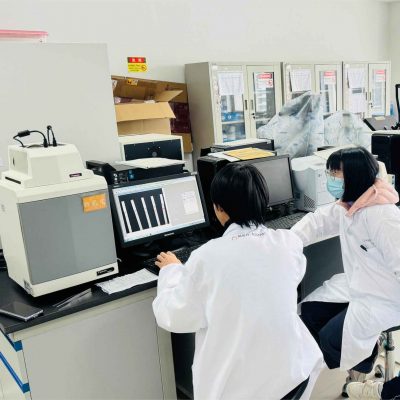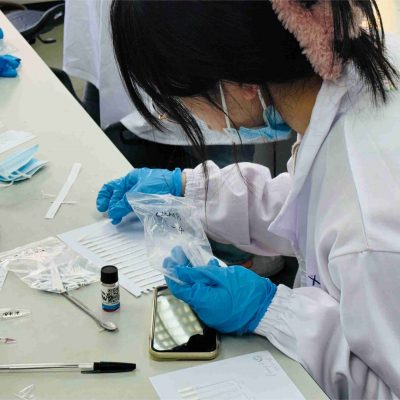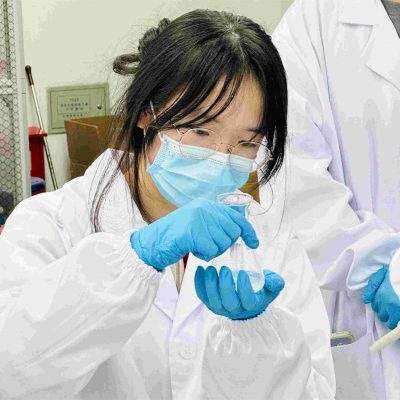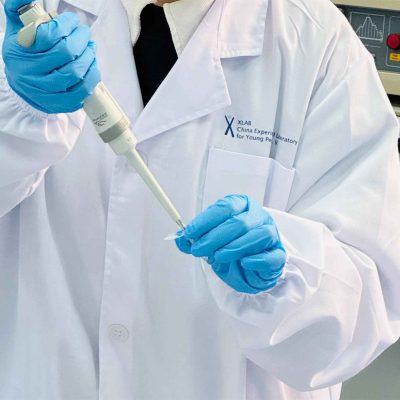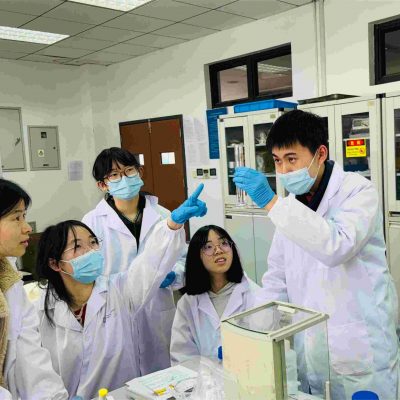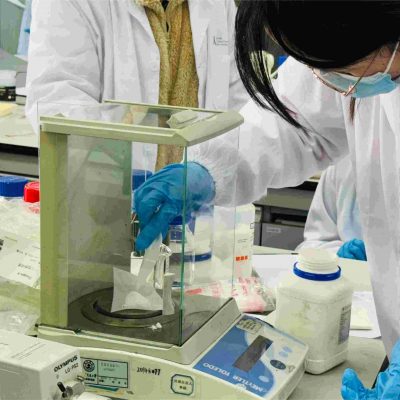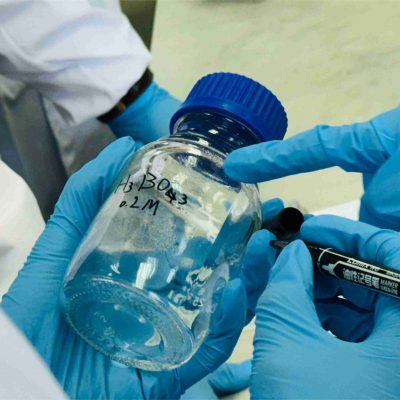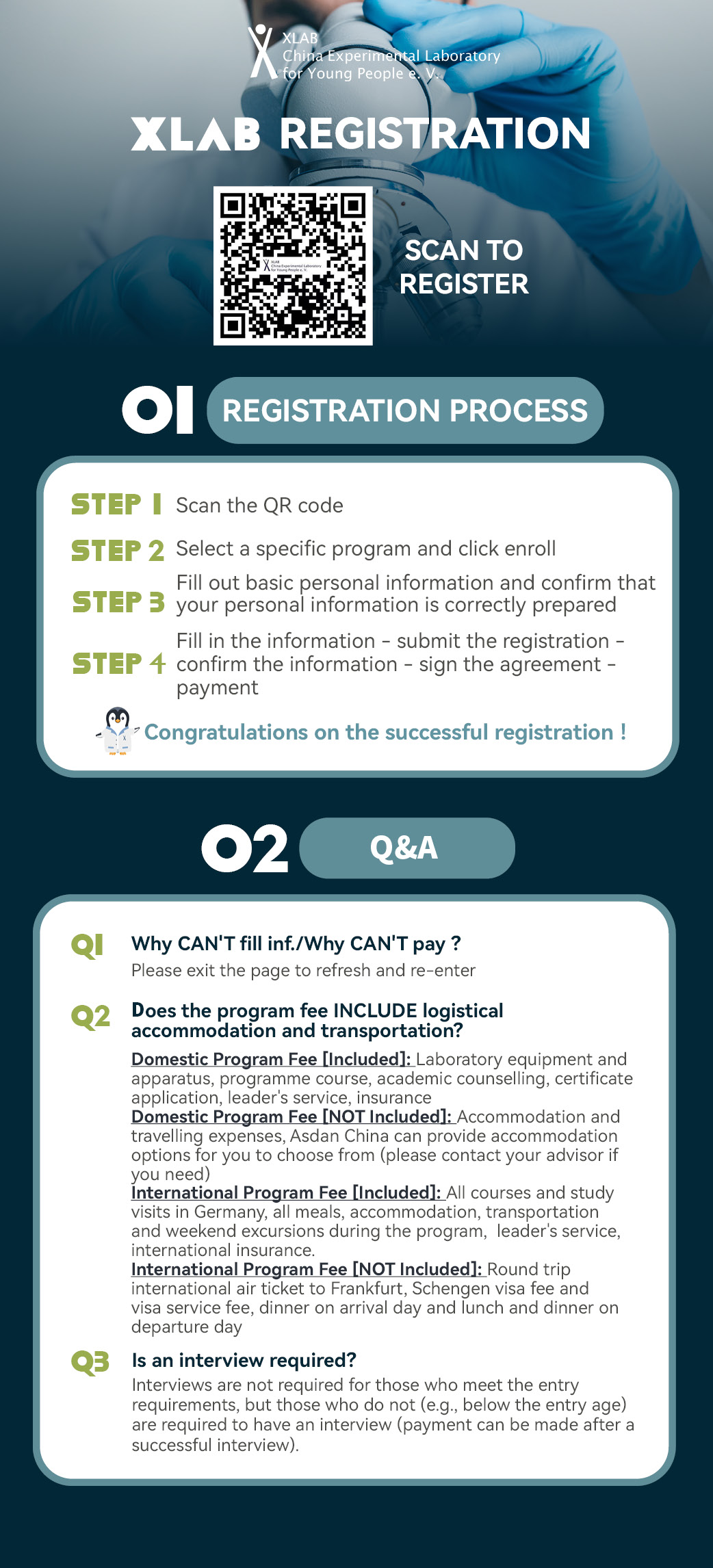Antigen Detection Regent Development and Cardiovascular Disease Detection Application
 Suzhou
Suzhou
Date: Aug.06th - Aug.10th, 2025
Subjects: Chemistry, Biology, Medicine, Materials Science
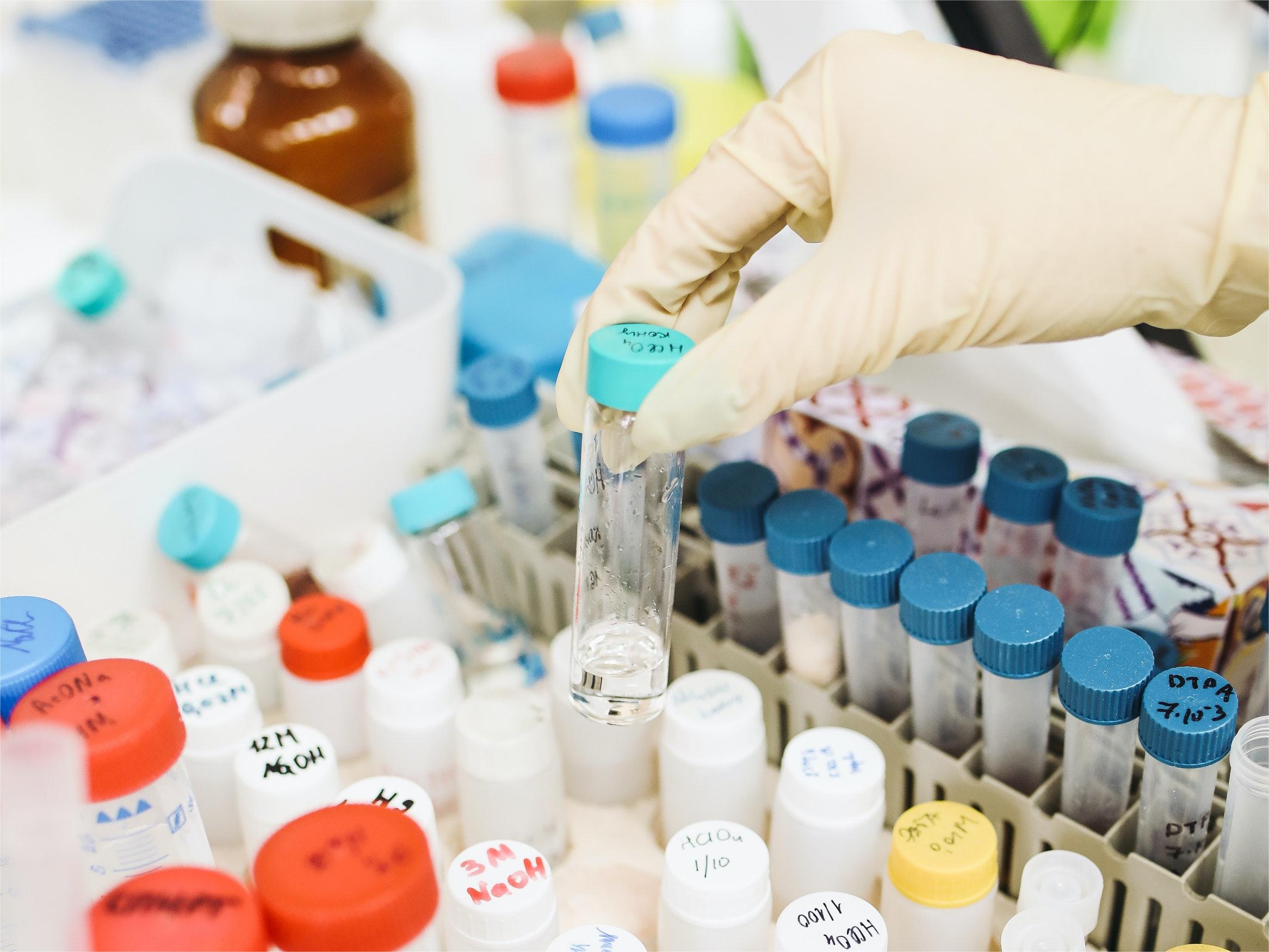
Cardiovascular diseases pose a serious threat to human health, with myocardial infarction alone accounting for one-third of cardiovascular disease-related deaths. Acute myocardial infarction is myocardial necrosis caused by acute and sustained ischemia and hypoxia of the coronary arteries, which can lead to arrhythmias, shock, or heart failure.
This program invites experts to guide students in using antigen detection strips to detect various cardiovascular disease markers, and understand life science and biochemistry knowledge.
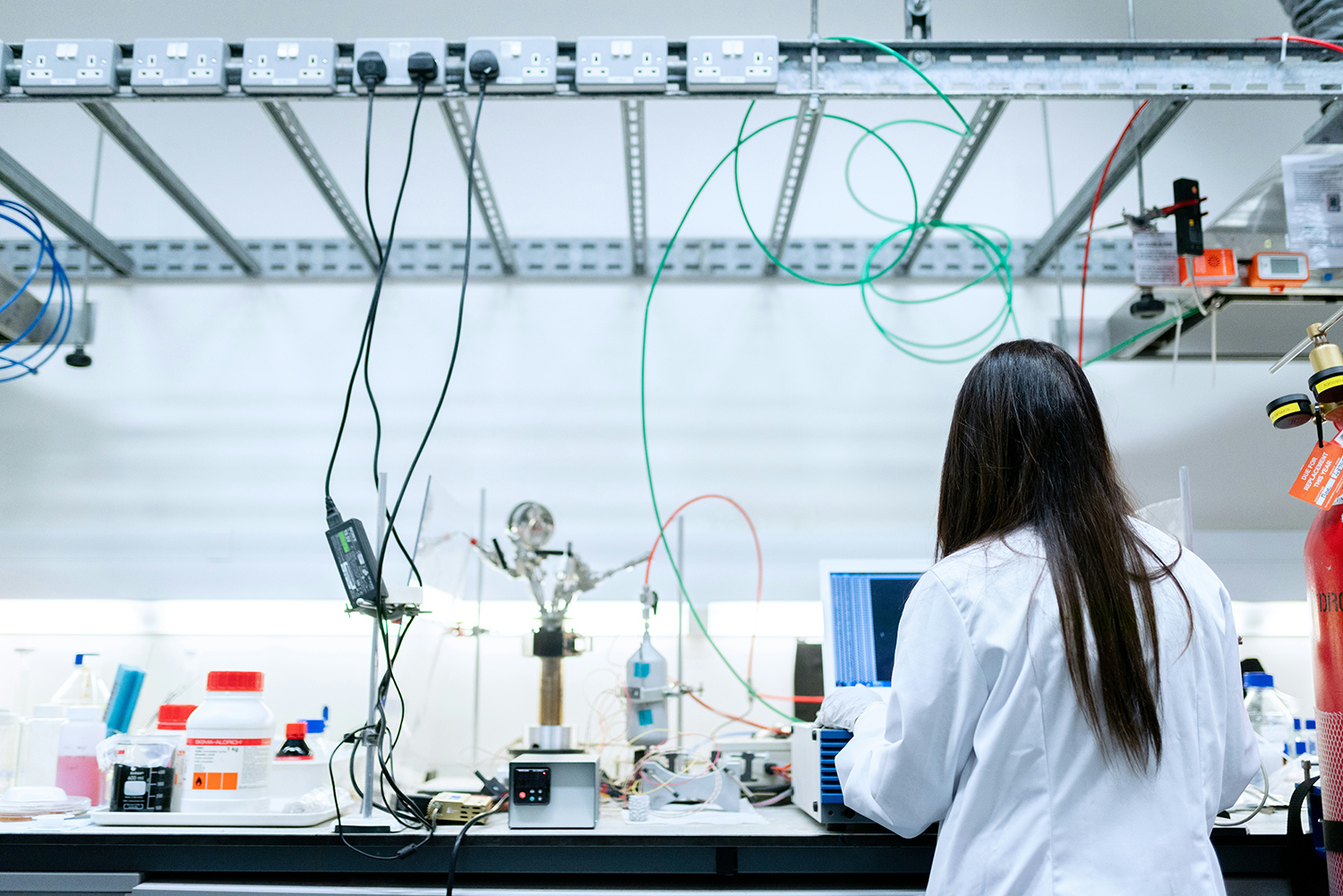
Teaching Faculty
Experts in materials science from universities of the 985 Project are specially invited.
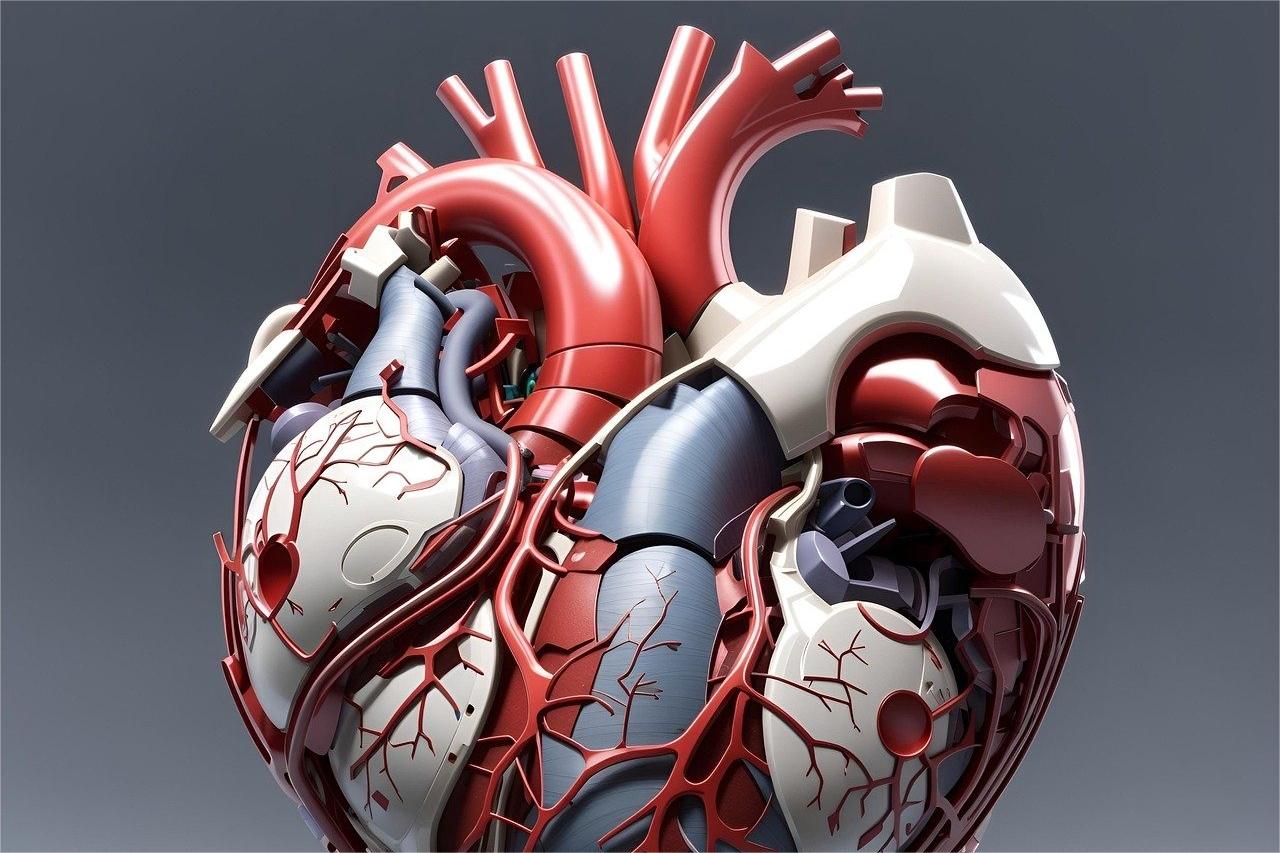
Cutting-edge Topics
Systematically learn the diagnostic criteria and detection techniques of cardiovascular diseases.
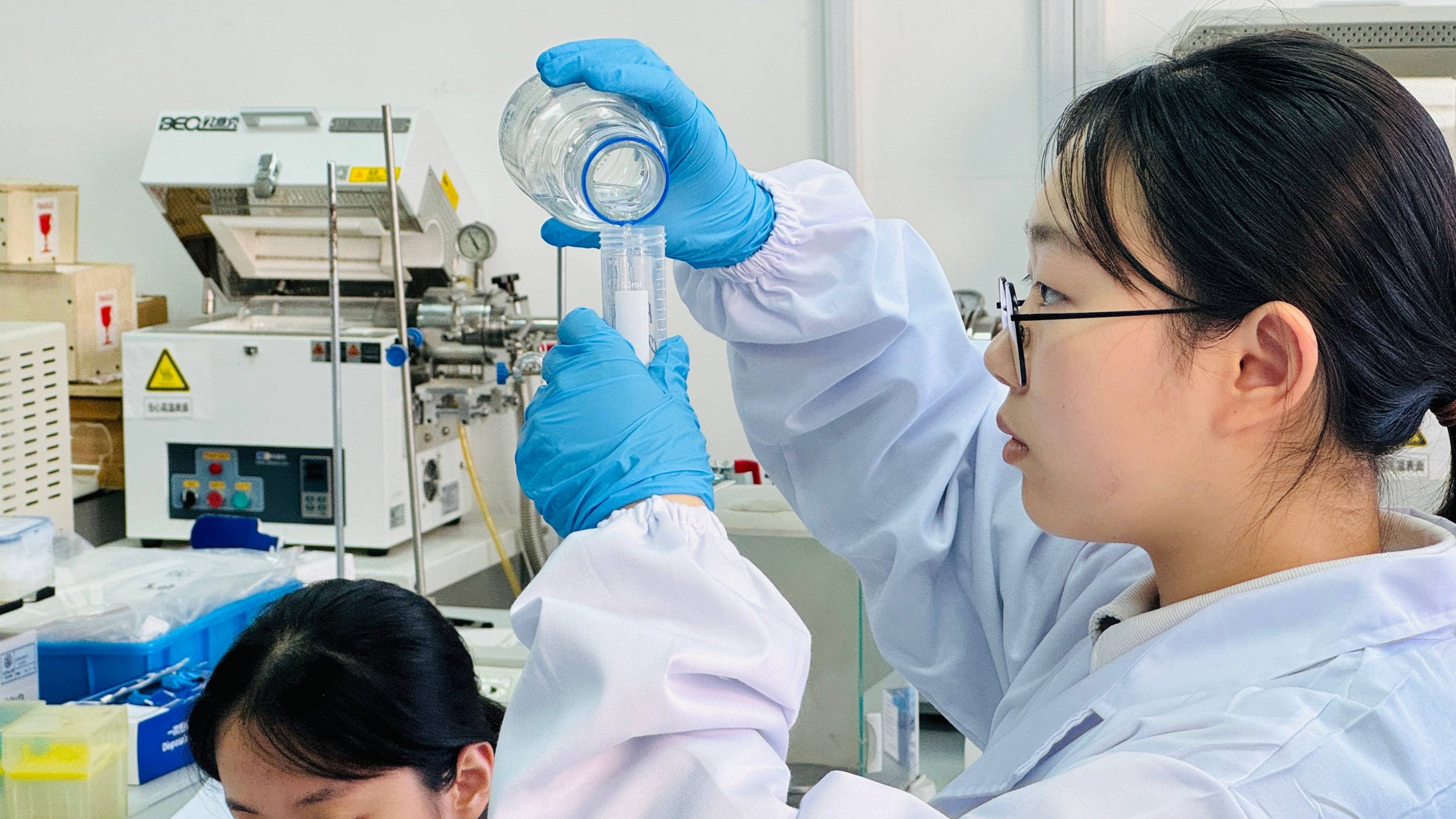
Real Lab Practice
The principles of antigen test strips, antibodies, tracer coupled reactions, etc.

Outcome Application
Research outcomes for earlier diagnosis of cardiovascular disease in clinical medicine.
Main Experiments
Preparation of Antigen Detection Strip

Coupled Reaction Experiment
Gel Imager
Microarrayer Experiment
Preparation of Antigen Detection Strip
Coupled Reaction Experiment
Gel Imager
Microarrayer Experiment
Certificates
).png)
CERTIFICATE OF ASDAN SCIENCE
ASDAN SCIENCE SHORT COURSES CREDIT ACCREDITED BY UCAS

CERTIFICATE OF COMPLETION ISSUED BY XLAB CHINA

Feedbacks
-

The overall experience has been highly beneficial to me, both in the experimental and theoretical aspects. The experimental part taught me how to conduct experiments, and the after-class questions allowed me to delve deeper into this area, which laid a solid foundation for my future studies, giving me a general understanding of organic chemistry. It helped me surpass the confines of the knowledge taught in school, enabling me to surpass myself.—— Shanghai Experimental Foreign Language School (Pudong Campus), Student Zhang

-
 XLAB taught me about the rapid detection of cardiovascular diseases and its principles. Additionally, I had the opportunity to operate many instruments unavailable on campus, which broadened my horizons. This experience benefits my intended major, as I plan to study biomedical science at university. This experiment helped me understand cardiovascular diseases and the principles of test strips, translating textbook knowledge into practical application. It allowed me to remember this knowledge more deeply.
XLAB taught me about the rapid detection of cardiovascular diseases and its principles. Additionally, I had the opportunity to operate many instruments unavailable on campus, which broadened my horizons. This experience benefits my intended major, as I plan to study biomedical science at university. This experiment helped me understand cardiovascular diseases and the principles of test strips, translating textbook knowledge into practical application. It allowed me to remember this knowledge more deeply.—— Kang Chiao International School, Student Wang

-
 I gained much knowledge I had never understood before, including new insights about antigens and antibodies, the correct use of experimental equipment, and laboratory safety regulations. The biggest gain from this course was understanding the daily routines of students or professionals studying or working in related fields of bioengineering, which gave me a better understanding of future experimental life. My university major will likely be biomedicine, and this topic will relate to my field of study.
I gained much knowledge I had never understood before, including new insights about antigens and antibodies, the correct use of experimental equipment, and laboratory safety regulations. The biggest gain from this course was understanding the daily routines of students or professionals studying or working in related fields of bioengineering, which gave me a better understanding of future experimental life. My university major will likely be biomedicine, and this topic will relate to my field of study.—— Guangdong Country Garden School, Student Zhu

-
 The experience of the XLAB experiment first taught me the importance of teamwork. We were divided into two groups, each consisting of five people, and experiments were conducted in small teams. During the experiment, team members are crucial due to the complex procedures, the instrument operation, and the handling of different solutions and substances. We could work together to complete the tasks, increasing efficiency significantly. This cooperative atmosphere was also very fulfilling and exciting, especially when we saw our experiment's successful results. I also solidified my goal of studying biochemistry. This experimental experience was indispensable and will help me better understand my future university courses in biochemistry.
The experience of the XLAB experiment first taught me the importance of teamwork. We were divided into two groups, each consisting of five people, and experiments were conducted in small teams. During the experiment, team members are crucial due to the complex procedures, the instrument operation, and the handling of different solutions and substances. We could work together to complete the tasks, increasing efficiency significantly. This cooperative atmosphere was also very fulfilling and exciting, especially when we saw our experiment's successful results. I also solidified my goal of studying biochemistry. This experimental experience was indispensable and will help me better understand my future university courses in biochemistry.—— Shanghai Concord Bilingual School, Student Wang

Photo Gallery
Why Us
History
XLAB has a 20+ year history. It was initiated by Professor Neher of the University of Göttingen in Germany and strongly supported by the German government and the University of Göttingen. XLAB, centered around high-end scientific experiments, is widely favored by over 10,000 students yearly. XLAB has established practice centers worldwide, aiming to expand this unique concept and teaching method to reach more students.
XLAB aims to enable more people to learn and experience the joy of science, encouraging them to explore the mysteries of science and consider how to use science to solve human problems. Therefore, XALB's subjects are generally more complex in physics, biology, or medicine. Instead, they focus more on interdisciplinary, cutting-edge topics such as genetic engineering, medical research, nanobiology, medical chemistry, high-energy physics, and more.
Subject
Experiment
Experiments are the core of the XLAB. Each participant can enter advanced laboratories to conduct safe experiments, analyze data, and write experiment reports. Over six hours of scientific research daily enhances students' scientific knowledge and logical thinking and cultivates concentration and endurance. Students will be able to experience the work content and status firsthand and consider whether to choose a research direction in future education.
The courses in XLAB are unique. They consist of four key modules: Subject Introduction and Program Thinking, Scientific Research Teaching, Laboratory Operations, Experimental Data Analysis, and Research Report Writing. All courses are taught in small groups of 10 to 25 students.
Course
Faculty
Experts are invited to design experiments and teach students since the topics and content of XLAB exceed the curriculum of high schools and are specialized in specific research areas. Relevant scientific research institutions support XLAB China and provide an in-depth academic experience for Chinese students based on its unique teaching methods and experimental requirements.
Two authoritative certificates are available: the XLAB Program Certificate of Participation, which details the experimental content and is signed by instructors. Students will complete an academic report containing experimental results and data analysis to apply for the ASDAN "Science Award" Certificate for 30 credit hours of study officially accredited by UCAS.
Certificate
Research
XALB provides invaluable research scenarios for students who plan or are currently engaged in natural science research-oriented learning, such as EPQ or scientific papers, to implement their research plans and participate in hands-on scientific research. Experimental reports can be considered as part of their research achievements.

